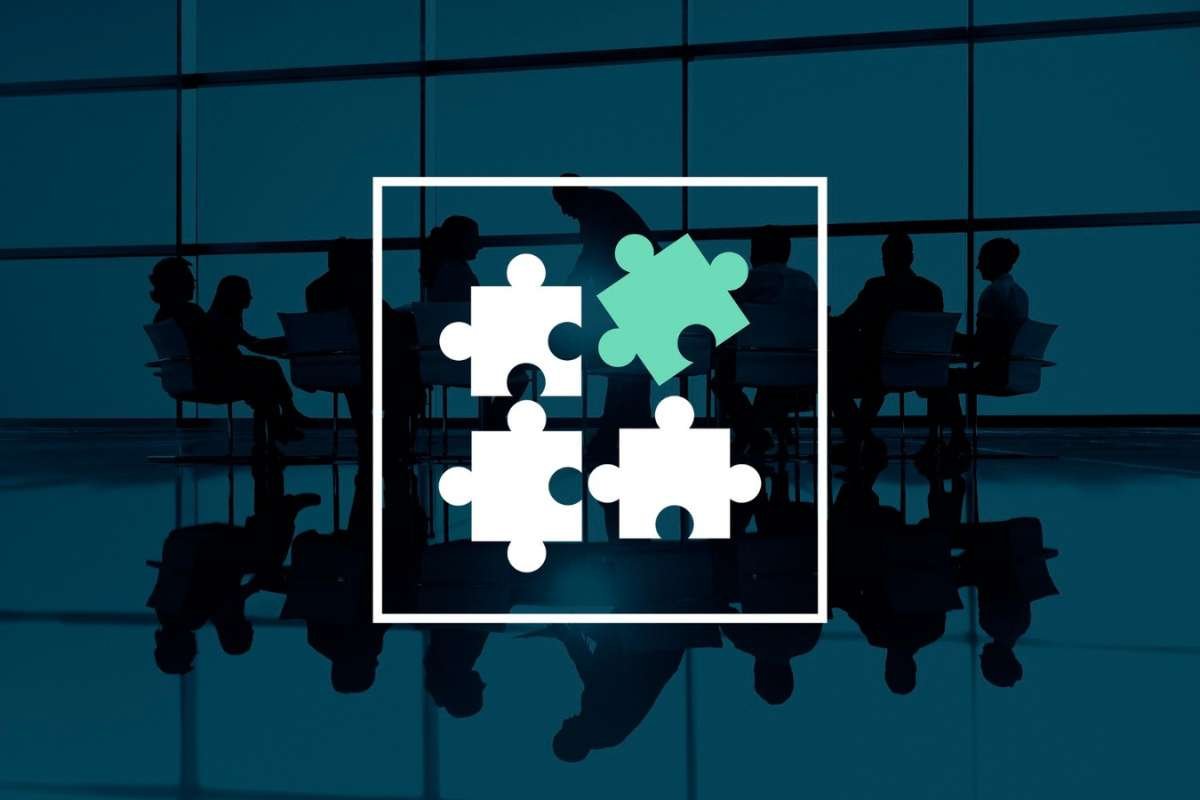In today’s rapidly evolving landscape of technology, expectations often soar high as innovation promises a future brimming with convenience, efficiency, and transformation. From self-driving cars to artificial intelligence-powered personal assistants, we are constantly bombarded with visions of a futuristic world. Yet, as we journey through the digital age, it becomes increasingly clear that reality often has a way of tempering our lofty technological dreams. In this article, we’ll explore some notable examples of technology’s promise versus its real-world manifestations and delve into the factors that contribute to these disparities.
Examples of Promises Made by Landscape of Technology:
1. The Hype of Self-Driving Cars

Expectation: Picture a world where we can sit back, relax, and let our cars do the driving. The promise of self-driving cars has captivated our imaginations with visions of efficient, accident-free roadways, and the ability to make productive use of commute time.
Reality: While significant progress has been made, fully autonomous vehicles are still a work in progress. Regulatory hurdles, safety concerns, and the complexity of real-world driving scenarios have slowed the widespread adoption of self-driving cars. Many semi-autonomous vehicles still require vigilant human oversight, and fully autonomous cars remain a rare sight on our roads.
2. The AI Personal Assistant
Expectation: In the realm of artificial intelligence landscape of technology, we’ve long anticipated having our own digital personal assistants, akin to those portrayed in sci-fi films. These assistants were envisioned to flawlessly anticipate our needs, making life easier and more efficient.
Reality: While virtual assistants like Siri, Alexa, and Google Assistant have made significant strides, they often struggle with nuanced language, misunderstand context, and occasionally provide inaccurate information. The gap between the expected seamless interaction and the real-world experience is still substantial, though they continue to improve.
3. The Internet of Things (IoT)

Expectation: The IoT promised a world where our homes, appliances, and devices would communicate effortlessly, creating a seamlessly connected living environment. We imagined a world where our coffee maker would start brewing as soon as our alarm clock rang.
Reality: The IoT has brought connectivity to various aspects of our lives, but it has also introduced security and privacy concerns. Hacking vulnerabilities, data breaches, and the sheer complexity of managing interconnected devices have challenged the utopian vision of a fully connected, hassle-free existence.
4. Virtual Reality (VR) and Augmented Reality (AR)
Expectation: VR and AR technologies were expected to revolutionize gaming, education, and entertainment. We imagined immersive experiences that would transport us to different worlds and enhance our daily lives with interactive overlays of digital information.
Reality: VR and AR have found applications beyond gaming, such as in medical training and architecture, but the widespread adoption in consumer markets has been slower than anticipated. The high cost of quality VR hardware and limited AR experiences on mobile devices has hindered their mainstream integration.
5. Blockchain and Cryptocurrencies Landscape of Technology
Expectation: The blockchain Landscape of technology and cryptocurrencies promises to disrupt traditional financial systems, offering secure, transparent, and decentralized alternatives. We expected a future where transactions would be faster, cheaper, and more accessible.
Reality: While blockchain has found applications in supply chain management and digital identity verification, the promise of cryptocurrencies as a widely accepted, stable form of currency is yet to be fully realized. Regulatory hurdles, scalability issues, and market volatility continue to challenge their widespread adoption.
6. Artificial General Intelligence (AGI)
Expectation: AGI, or machines with human-level intelligence, has been a long-standing dream of artificial intelligence researchers. We envisioned AI systems capable of learning and adapting to a wide range of tasks, ushering in a new era of automation and discovery.
Reality: While AI has made impressive strides in narrow domains (known as Narrow AI or Weak AI), AGI remains an elusive goal. The development of machines with the versatility and adaptability of human intelligence is a monumental challenge, and researchers are still grappling with fundamental questions in this pursuit.
7. Telemedicine and Remote Healthcare

Expectation: The telemedicine landscape of technology promises to revolutionize healthcare by making medical consultations more accessible and convenient. Patients looked forward to virtual doctor visits, reduced waiting times, and improved access to medical expertise.
Reality: The COVID-19 pandemic accelerated the adoption of telemedicine, but challenges remain. Not all medical conditions can be adequately addressed remotely, and concerns about data security and privacy persist. The transition to widespread telehealth adoption continues to be a complex process.
Factors Contributing to the Gap
Several factors contribute to the disconnect between technological expectations and realities:
Complexity: Many technological advancements involve solving complex problems. The intricacies of real-world scenarios often surpass the capabilities of even the most advanced technologies.
Regulation and Policy: Regulatory frameworks and policies can either facilitate or hinder progress in the world of technology. Stringent regulations and safety concerns can delay the rollout of new technologies.
Resource Constraints: Developing, testing, and deploying advanced technologies require substantial resources, including time and funding. These constraints can slow down the pace of innovation.
Ethical and Societal Considerations: New technologies often raise ethical and societal questions that demand careful consideration. Balancing technological advancement with potential risks and consequences can lead to cautious implementation.
Conclusion
Technology’s journey from expectation to reality is a complex and dynamic process. While our imaginations may run wild with visions of the future, the realities of development, regulation, and societal integration often introduce a dose of pragmatism. However, this should not discourage us from pursuing innovation and pushing the boundaries of what’s possible. The gap between expectation and reality serves as a reminder of the challenges inherent in technological progress and the need for thoughtful, responsible innovation that addresses real-world needs and concerns. Ultimately, it is through perseverance and adaptation that we bridge this gap and bring about meaningful change in our lives through technology.


















